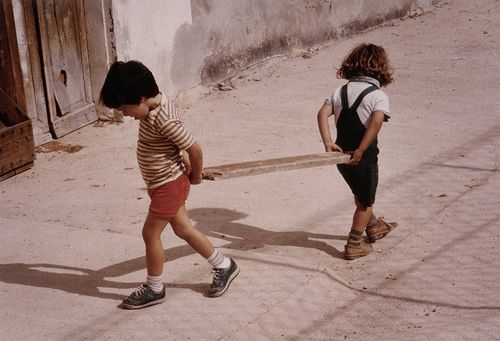
In the past several weeks we’ve talked about different
aspects of the Buying Local concept.
This week we’ll talk about the top three things local independent
business owners need to keep in mind when framing the buy local campaign.
First, make buying local a part of your brand. In the
smartphone age you have about seven seconds to ‘keep up with the Kardashians.’
Your customers are bombarded with thousands of images each day and hundreds of
solicitations for various products and services. You must have ‘Buy Local’ as
one of the messages your customers interact with, and it must be repeated often
enough that clients don’t forget it. Let the Buy Local theme be one spoke o f
your squeaky wheel.
Second, make buying local worth your customers’ time. We’ve
talked about the direct, indirect and induced value of local buying but the
empirical value is not enough. In two words: Customer Service. Make the 10-20% higher retail price your
clients are anticipating worth the expense by offering them an experience they
cannot duplicate anywhere else.
Third, COOPETITION.
There are two aspects of coopetition – the internal and the external.
Internal coopetition is readily evident in Arlington and is
one of our many strengths. It can be observed in the restaurant that caters,
the grocery/hardware store, the bar/bowling alley, the boutique that sells
flowers online and so on.

External coopetition is a stickier proposition in Arlington.
Don’t be afraid of competition, a patron is far more likely to visit a town
with three boutiques than only two. If
there are more options for eating lunch people are less likely to brown bag.
There are no fifth wheels in the antique trade.
Competition drives excellence, keeps prices down for both
retailer and customer and encourages patronage. Competition initiates movement
in the business owner, the shopper and the supplier.
Be overgenerous with helping your fellow local business
owners. When a shopper purchases widget ‘X,’ suggest the complimentary gadget
‘Y’ from the shop down the street. Equally, if you don’t have widget ‘X’ tell
the consumer which of your neighbors does. Tell the client where they can have
some refreshment while you gift wrap their purchase.

The concept of coopetition is rooted in game theory, i.e.
‘The Prisoner’s Dilemma.’ You can explore the idea in depth if you like in
Barry Nalebuff’s book Co-Opetition :A Revolution Mindset That Combines Competition and Cooperation (ISBN 0-385-47950-6).
Find some free “Buy Local’ campaign resources on http://www.amiba.net/resources/go-local-resources.
No comments:
Post a Comment